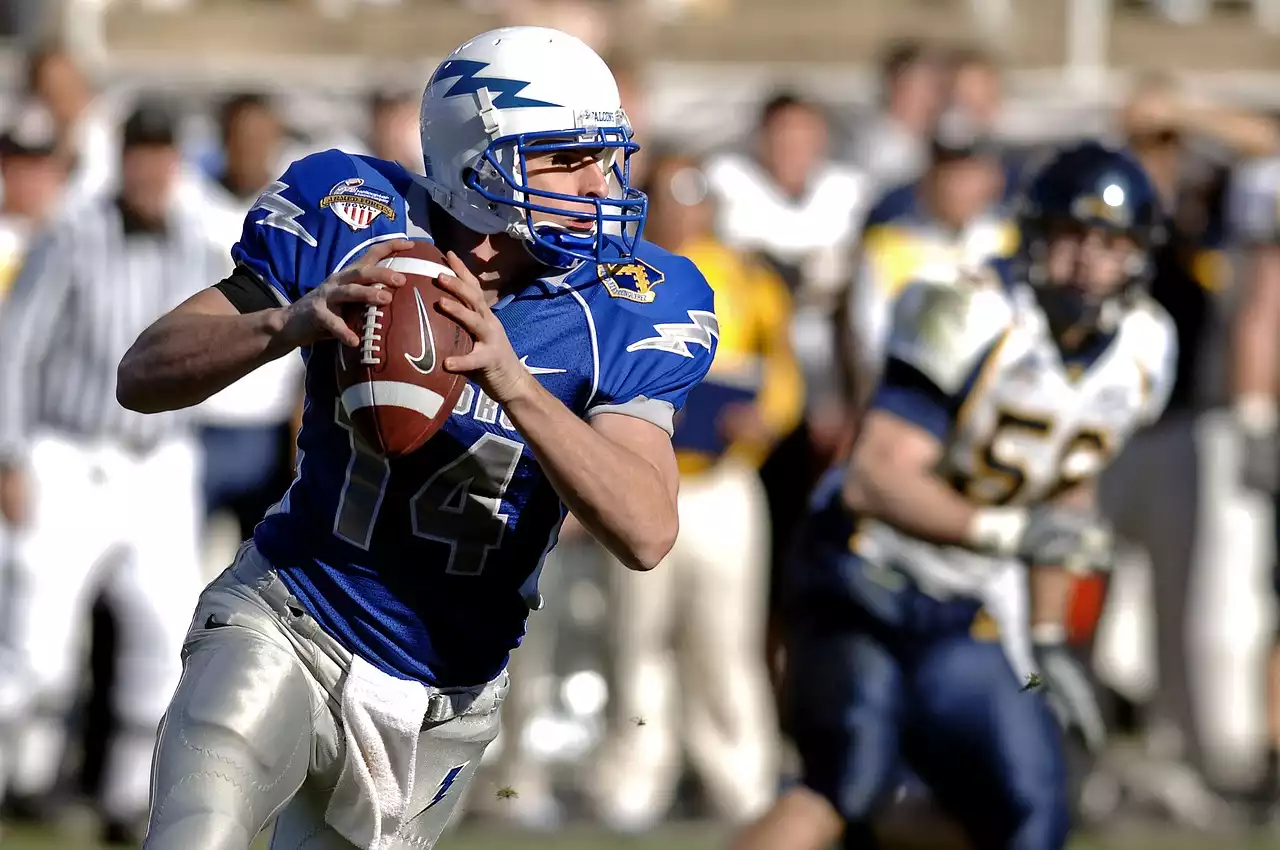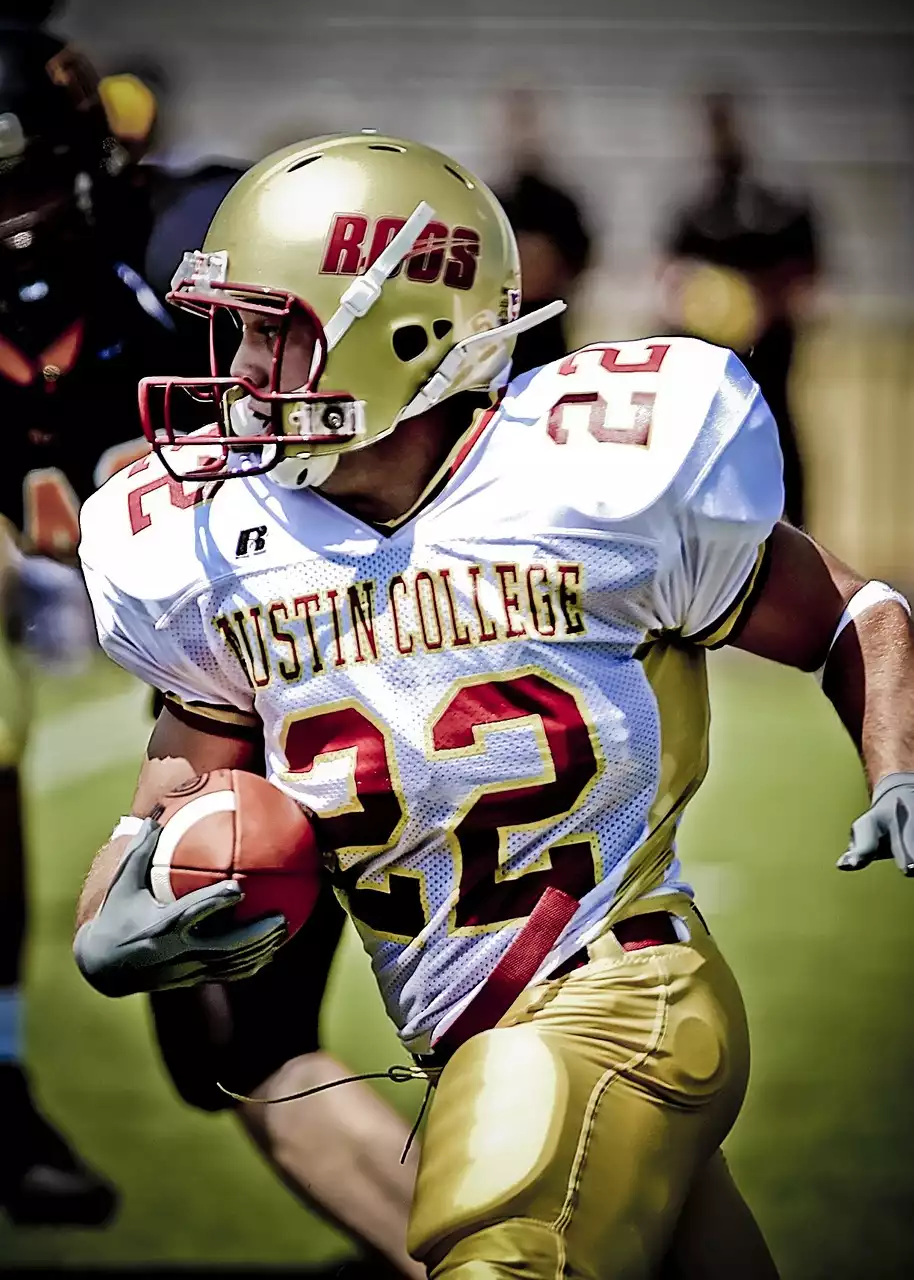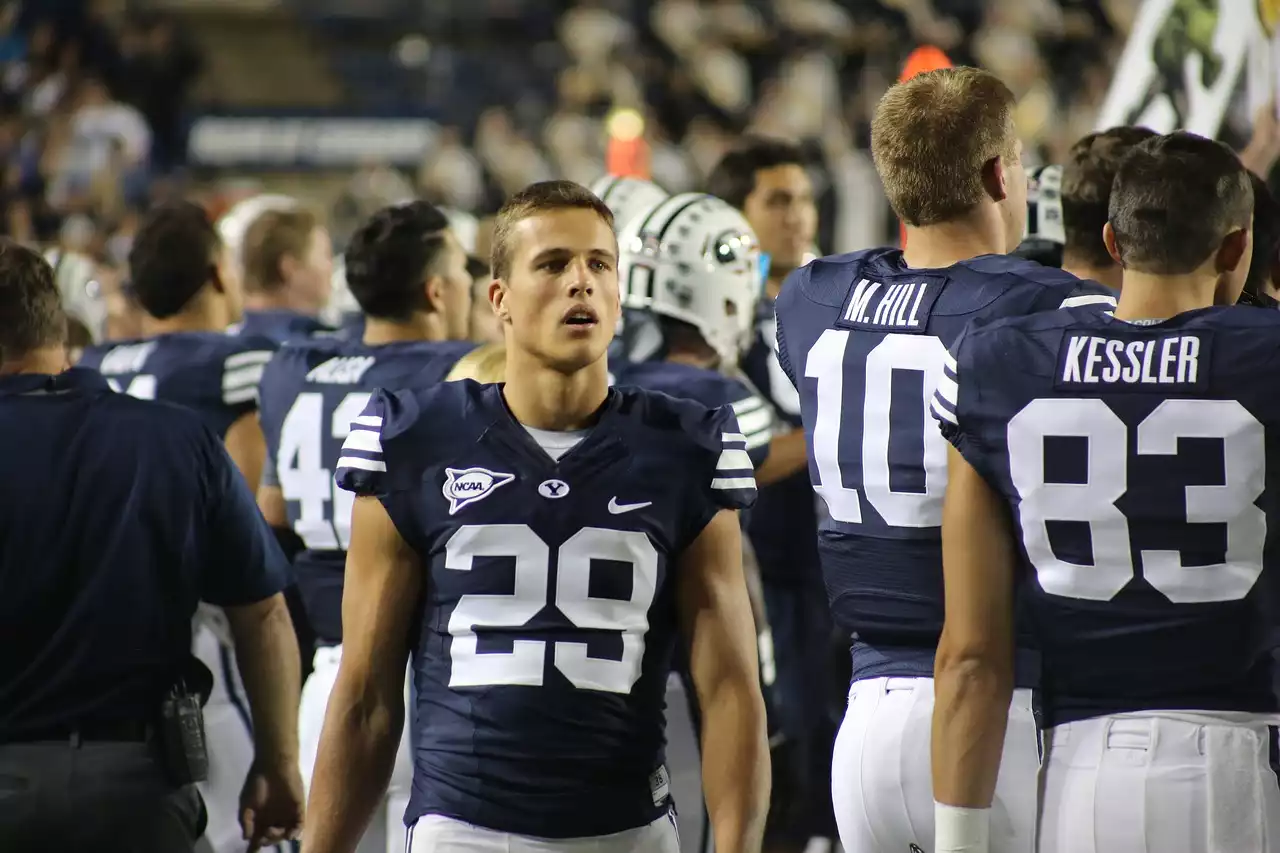Origins of American Football
The origins of American football can be traced back to rugby, a popular sport played in England in the early 1800s. In the 1860s, a group of college students in the United States began playing a game that resembled rugby, but with a few key differences. The game was played with an oval-shaped ball, which was easier to catch and throw than the round ball used in rugby. The game also allowed players to carry the ball, unlike rugby, which required players to pass the ball backward.
As the game evolved, so did the rules. In 1876, Walter Camp, a college football coach, created a set of rules for the game that included the introduction of the line of scrimmage, the establishment of the four downs system, and the reduction of the number of players on the field from 15 to 11. These changes made the game faster-paced and more exciting, and helped to establish American football as a distinct sport.
However, the early days of American football were not without controversy. The game was considered dangerous, with players sustaining serious injuries on the field. In response, new safety rules were introduced, including the requirement for players to wear helmets and pads. Despite these safety measures, American football continued to be a physically demanding sport, with players risking injury every time they stepped onto the field.
Early Forms of American Football
In the early days of American football, the sport was primarily played by college teams. Games were often played on fields that were only a few hundred yards long, and players were required to wear minimal protective gear. The football itself was also quite different from the one used today, with a rounder shape and a softer feel.
In the early 1900s, the sport began to gain popularity outside of colleges, with professional teams forming in cities across the country. However, these early professional leagues were often plagued by financial difficulties and a lack of organization. The game itself was also quite different from what we see today, with fewer rules and a slower pace of play.
It wasn't until the formation of the National Football League (NFL) in 1920 that American football began to take on its modern form. The NFL brought together professional teams from across the country, providing a centralized organization and a set of rules for the game. This helped to establish American football as a major sport in the United States, and paved the way for the game's continued evolution.
The Formation of the NFL
The formation of the NFL in 1920 was a major milestone in the history of American football. The league brought together professional teams from across the country, providing a centralized organization and a set of rules for the game. This helped to establish American football as a major sport in the United States, and paved the way for the game's continued evolution.
In the early years of the NFL, the league was primarily made up of teams from industrial cities in the Midwest and Northeast. However, as the league grew in popularity, teams from other regions began to join, including the Dallas Cowboys and the San Francisco 49ers.
Today, the NFL is one of the most popular sports leagues in the world, with millions of fans tuning in every year to watch the Super Bowl. The league has also become a major economic force, generating billions of dollars in revenue each year.
Innovations in American Football - The Forward Pass and Tackling
One of the biggest innovations in American football came in 1906, when the forward pass was introduced. The forward pass allowed the quarterback to throw the ball forward, rather than simply handing it off to a running back. This added a new level of strategy and excitement to the game, and helped to establish the quarterback as a key player on the field.
Another major innovation came in the form of tackling. In the early days of American football, players were not allowed to tackle each other below the waist. However, in 1912, the rule was changed to allow players to tackle below the waist, making the game more physical and exciting.
Over the years, other innovations have been introduced, including the use of instant replay, the introduction of the two-point conversion, and the use of video technology to review plays. These innovations have helped to make American football one of the most exciting and technologically advanced sports in the world.
The Super Bowl and the Modern Era of American Football
The Super Bowl is the biggest event in American football, with millions of fans tuning in every year to watch the championship game. The first Super Bowl was played in 1967, and since then, the game has become a major cultural event, with halftime shows featuring some of the biggest names in music and entertainment.
In recent years, the NFL has faced controversy over issues of player safety and the long-term effects of concussions. In response, the league has introduced new rules and safety measures, including stricter penalties for hits to the head and the introduction of new protective equipment.
Despite these challenges, American football remains one of the most popular sports in the United States, with millions of fans tuning in every year to watch their favorite teams and players in action.
The Impact of Technology on American Football
Technology has had a significant impact on American football, from the use of video technology to review plays to the introduction of advanced analytics to help teams make strategic decisions. Today, teams use a wide range of technologies to improve their performance, including GPS tracking to monitor players' movements on the field and virtual reality simulations to help players practice their skills.
Technology has also had an impact on the way fans experience the game, with social media platforms like Twitter and Facebook allowing fans to connect with each other and share their thoughts and opinions on the game in real-time.
As technology continues to evolve, it is likely that we will see even more innovations in the world of American football, from new ways of tracking player performance to the use of artificial intelligence to help teams make strategic decisions.
The Future of American Football
The future of American football is uncertain, with concerns over player safety and the long-term effects of concussions casting a shadow over the sport. However, the NFL and other organizations are working to address these concerns, introducing new rules and safety measures to protect players on the field.
Despite these challenges, American football remains one of the most popular sports in the United States, with millions of fans tuning in every year to watch their favorite teams and players in action. As the sport continues to evolve, it is likely that we will see new innovations and technologies that will help to make it even more exciting and engaging for fans and players alike.
Famous American Football Players and Coaches
Over the years, American football has produced some of the most iconic players and coaches in sports history. From legendary quarterbacks like Joe Montana and Tom Brady to iconic coaches like Vince Lombardi and Bill Belichick, American football has a rich history of talented and inspiring figures.
Today, players like Patrick Mahomes and coaches like Andy Reid are carrying on this legacy, inspiring a new generation of fans and players with their skill and dedication to the sport.
American Football Culture and Fanbase
The culture and fanbase of American football are a huge part of what makes the sport so popular. From tailgating parties to halftime shows, American football games are a major event, bringing together fans from all walks of life to cheer on their favorite teams and players.
The fanbase of American football is also incredibly diverse, with fans of all ages, backgrounds, and nationalities tuning in to watch the game. Whether you're a die-hard fan or a casual observer, American football has something to offer for everyone.










